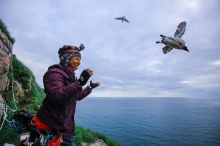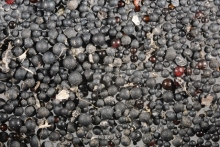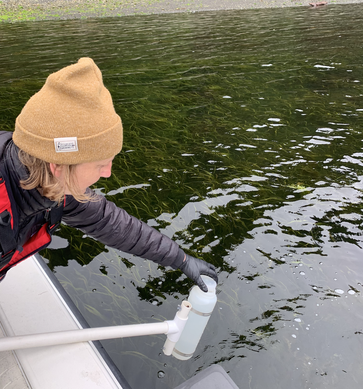Category:
Published on: 21 Oct 2022

Emily Choy [Post Doctoral Fellow, NRS. Advisor : Kyle Elliott] became hooked on the Arctic when, as a Master’s student, she jumped on a research opportunity to study the effects of manmade contaminants on High Arctic food webs on Devon Island, Nunavut. “When I experienced how out of the world it was and observed the wildlife that are so highly adapted to the Arctic environment, I just fell in love,” says Choy.
Category:
Published on: 25 Nov 2020

A team of researchers from McGill University and the Quebec government have discovered microplastics (in the form of polyethylene 'microbeads,' less than 2 mm in diameter) widely distributed across the bottom of the St. Lawrence River, the first time such pollutants have been found in freshwater sediments.
Category:
Published on: 23 Sep 2014

